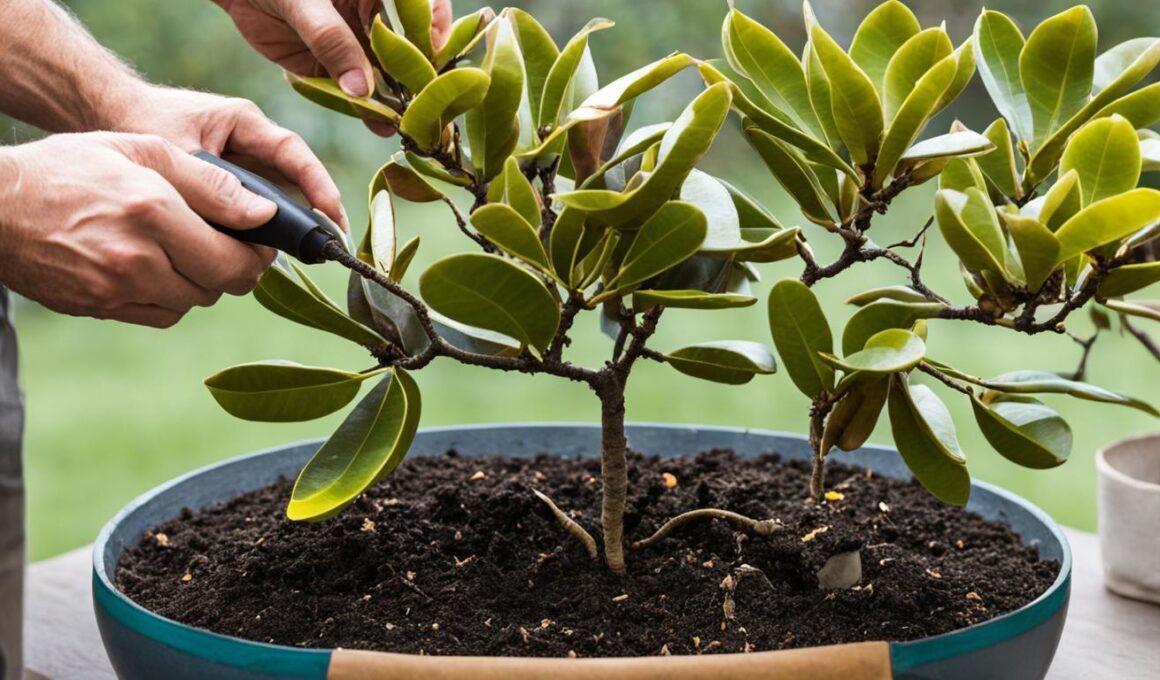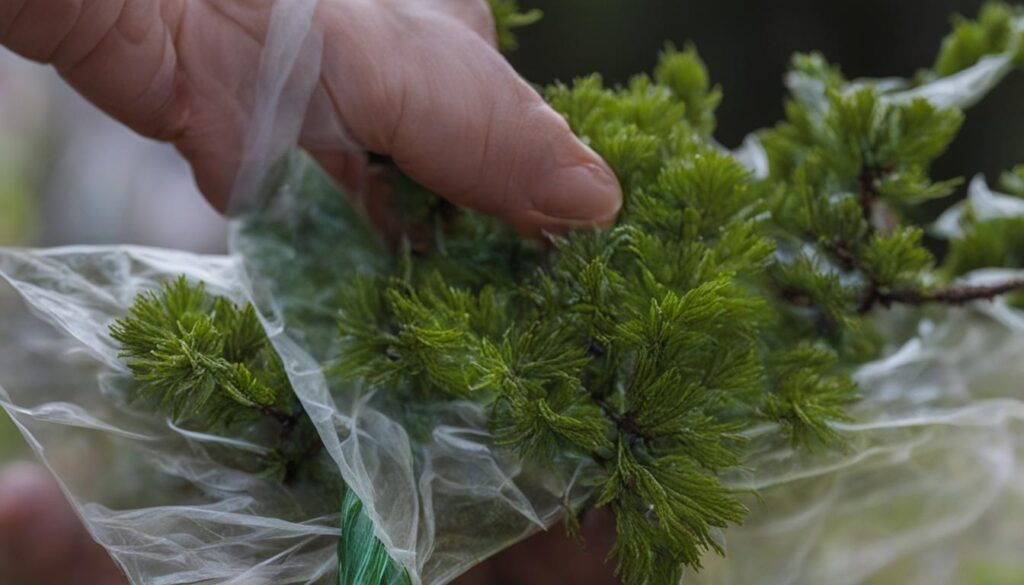Are you a gardening enthusiast looking to propagate your own magnolia tree? Look no further! In this step-by-step guide, we will walk you through the various methods of propagating a magnolia tree, including using cuttings, planting techniques, and ensuring thriving blooms. Whether you’re a beginner or an experienced gardener, this guide will equip you with the knowledge you need to successfully propagate a magnificent magnolia tree.
Before we dive into the details, it’s important to note that there are multiple ways to propagate a magnolia tree, and each method has its own benefits and considerations. The most common methods include clonal propagation by softwood cuttings, air layering, grafting, and seed propagation. In this guide, we will focus primarily on propagating magnolia trees using cuttings and air layering.
But first, let’s take a moment to appreciate the beauty that awaits. Magnolia trees are known for their stunning blooms, which vary in color and size depending on the species. From delicate white flowers to vibrant pink and purple hues, magnolia trees can add a touch of elegance to any garden or landscape.
Now, without further ado, let’s begin our journey into the world of magnolia tree propagation!
Propagating Magnolia Trees from Cuttings
Propagating magnolia trees from cuttings is an efficient and faster method compared to growing from seeds. By following a step-by-step guide, you can easily root magnolia cuttings and successfully establish new plants.
Step 1: Selecting Cuttings
During the summer, after the buds have set, carefully select 6- to 8-inch growing tips of branches. These young and vigorous cuttings have a higher chance of successful rooting.
Step 2: Preparing Cuttings
Strip off the lower leaves from the selected cuttings, leaving only a few leaves at the top. This helps the plant focus its energy on root development rather than sustaining excessive foliage.
Step 3: Making a Vertical Slice
Make a vertical slice at the stem end of each cutting. This small incision encourages root growth by exposing more cambium and facilitating the uptake of rooting hormones.
Step 4: Applying Rooting Hormone
Dip the sliced end of the cuttings into a high-quality rooting hormone powder or gel. Rooting hormone enhances the development of adventitious roots and increases the chances of successful rooting.
Step 5: Planting the Cuttings
Fill small planters with moist perlite or a well-draining medium. Make small holes in the planting medium and carefully place the treated cuttings inside, ensuring the slice is in contact with the medium.
Step 6: Providing the Ideal Environment
Place the planters in an area with indirect light to promote proper growth. Cover the planters with clear plastic bags to create a humid environment that aids in root development. Mist the cuttings regularly to maintain humidity levels.
Step 7: Root Growth
Within a few months, roots should start growing from the cuttings. Monitor the progress by gently tugging on the cutting to check for resistance or anchor points, indicating successful root growth.
By following this step-by-step guide, you can successfully propagate magnolia trees from cuttings and expand your garden with new, thriving plants.
Magnolia Air Layering
Air layering is an effective method for propagating magnolia trees. This technique is best done in early spring or late summer, specifically on one-year-old branches. By following a simple step-by-step guide, you can successfully propagate magnolia trees through air layering.
First, identify a suitable branch for air layering. Make parallel cuts around the branch, circling it completely. Next, carefully remove the bark between the cuts, exposing the inner tissue of the branch. This is where the roots will develop.
Once the branch is prepared, it’s time to facilitate root growth. Take damp sphagnum moss and wrap it around the wounded area of the branch. This helps to maintain moisture and provide an optimal environment for root development. To secure the moss in place, use a plastic sheet wrapped around it tightly.
Keeping the moss moist is crucial for successful air layering. Regularly check the moisture levels and ensure the moss remains damp throughout the process. After a few months, roots will begin to develop from the wounded area of the branch.
Once the roots have formed, it’s time to separate the new plant from the mother branch. Carefully cut the branch just below the rooted section and gently remove it. Transplant the new plant into a suitable pot or desired location in your garden. With proper care, the transplanted magnolia tree should continue to grow and thrive.
Air layering offers the advantage of propagating larger plants compared to other methods. It provides an excellent way to expand your garden with mature magnolia trees. By following this step-by-step guide, you can successfully propagate magnolia trees through air layering.
Conclusion: The Best Way to Propagate Magnolia
When it comes to propagating magnolia trees, there are several methods you can choose from. Each method has its own unique advantages and success rates, allowing you to find the best approach that suits your needs.
If you’re looking to propagate multiple plants, starting from seeds is the way to go. While it may take longer to see blooms, this method offers the opportunity to grow a variety of magnolia trees from scratch.
On the other hand, if you’re seeking quicker results, cuttings are a popular choice. By carefully selecting and rooting 6- to 8-inch cuttings, you can cultivate new magnolia trees faster, although success rates may vary.
An alternative option is sinkers, where you bend branches to the ground and allow them to take root. This method provides a more natural approach to propagation, utilizing the tree’s own growth pattern.
Lastly, air layering can be used to propagate larger magnolia plants. Though it requires more time and effort, air layering allows you to create new plants by inducing root development on existing branches.
In the end, the best way to propagate magnolia trees is a personal choice. Consider your specific needs, available time, and desired outcomes to select the method that aligns with your gardening preferences. Whether you choose seeds, cuttings, sinkers, or air layering, each method has its own rewards and can help you expand your magnolia collection.
Can the same propagation methods be used for both Magnolia and Eucalyptus trees?
Yes, the same propagation methods can be used for both Magnolia and Eucalyptus trees. Proper pruning, well-draining soil, and regular watering are essential to grow healthy Eucalyptus trees, just like they are for Magnolia trees. Both species can be propagated from seeds, cuttings, or grafting.










